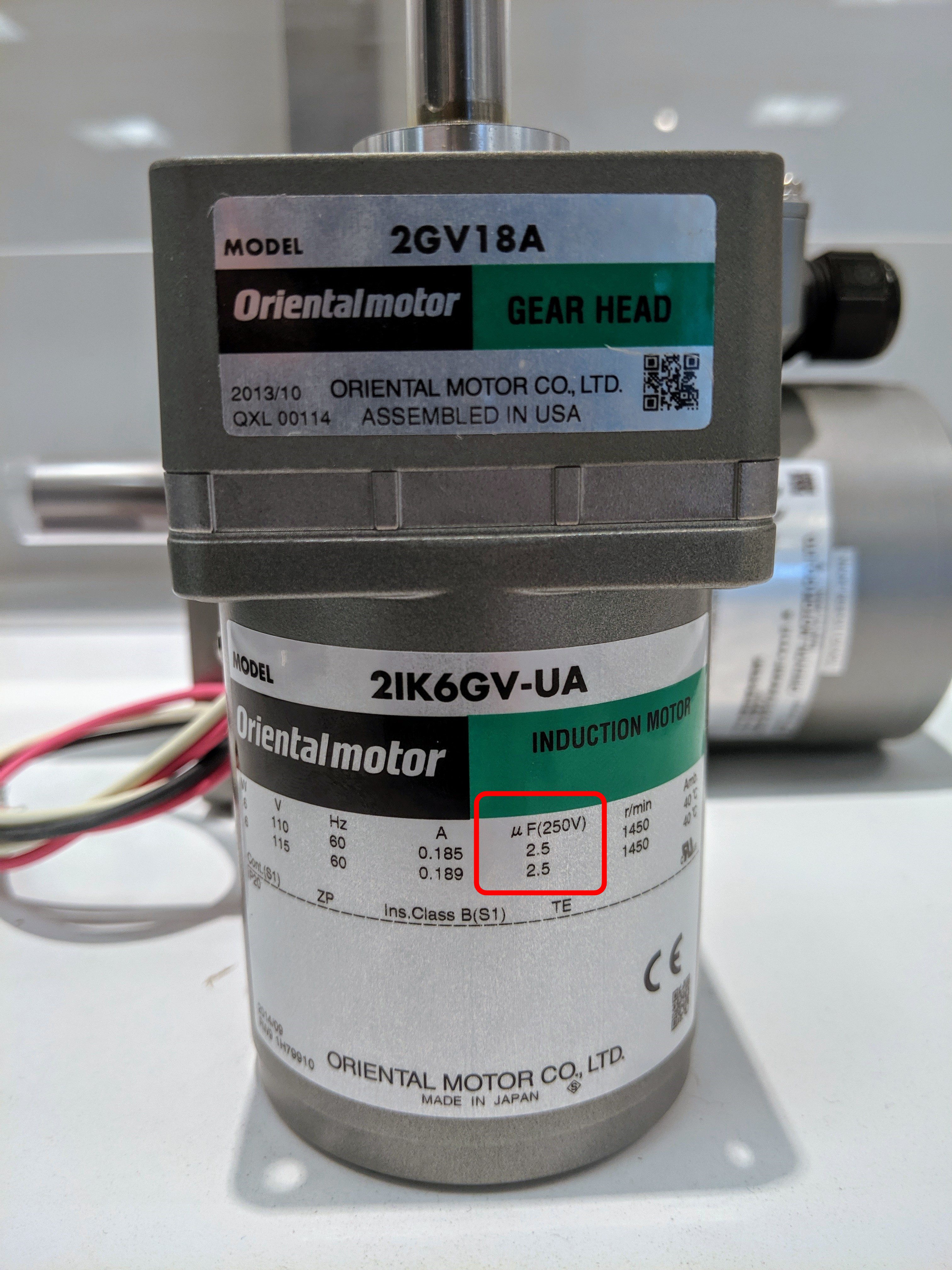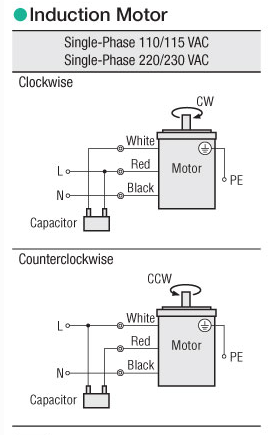What Does a Capacitor Do?
Sure! Here's the rewritten content in English:
---
While sipping on your favorite beverage, let’s explore the fascinating role capacitors play in single-phase AC motors, particularly in permanent-split capacitor (PSC) motors.
A PSC motor requires a capacitor to function correctly. Without it, the motor might not even start unless manually pushed. This happens because a single-phase power supply alone cannot generate the rotating magnetic field necessary for motor operation. That's where the capacitor steps in.
### What Exactly Does a Capacitor Do?
A capacitor, originally called a condenser, is an electronic component with at least two conductive plates separated by an insulating material. It stores electrical energy in an electrostatic field. Unlike batteries, which store energy chemically and release it slowly, capacitors discharge their energy almost instantly, making them perfect for applications like camera flashes.
**Caution:** Always handle capacitors carefully since they retain an electrical charge even when disconnected. Discharge them fully before touching the terminals.
### Why Are Capacitors Essential for Motors?
The primary job of a capacitor in a motor is to convert a single-phase power supply into something resembling a multi-phase system. This allows the motor to:
1. **Set the Direction of Rotation**: By creating a phase shift between the main and auxiliary windings.
2. **Provide Starting Torque**: And enhance operational torque.
Oriental Motor's AC motors are all PSC types, featuring a main winding and an auxiliary winding. The capacitor connects in series with the auxiliary winding, creating a 90-degree phase difference between the currents flowing through the main and auxiliary windings. Voila! You now have a simulated three-phase system from a single-phase source.

### What Type of Capacitor Does Oriental Motor Use?
Oriental Motor uses vapor-deposited electrode capacitors, recognized by UL standards. Known as self-healing (SH) capacitors, they employ metallized paper or plastic films. Over time, plastic film capacitors have become more popular due to their compact design.
### Rated Conduction Time
The rated conduction time refers to the minimum expected lifespan of the capacitor under specified conditions. The standard life span is around 40,000 hours. At the end of its life, the capacitor might smoke or catch fire. To avoid such issues, replace it after reaching the rated conduction time.
### Safety Features of Capacitors
Some capacitors come equipped with safety mechanisms to safely remove them from circuits in case of a dielectric breakdown. Oriental Motor products use capacitors that meet UL 810 requirements, passing a 10,000 A fault current test.
### How Are Capacitors Rated?
Capacitors are rated based on several parameters, including capacitance, working voltage, tolerance, leakage current, and temperature range. For motor applications, capacitance and working voltage are critical. Typically, the voltage rating is roughly double the motor’s rated input voltage. These details are printed on both the motor label and the capacitor label.

Using the wrong capacitor can lead to increased vibration, heat generation, and reduced efficiency. Too much capacitance might boost torque but cause overheating and excessive vibration. Insufficient capacitance reduces torque. Exceeding the voltage rating risks damaging the capacitor, potentially causing it to smoke or ignite.
### Do I Need to Size the Capacitor Myself?
Nope! Each Oriental Motor AC motor comes with a dedicated capacitor optimized for peak performance and efficiency. No additional sizing is needed.
### What Happens If I Use a Different Capacitor?
To ensure optimal performance, always use the capacitor provided with the motor. The dedicated capacitor ensures a precise 90-degree phase shift, maximizing efficiency. Using the wrong capacitor disrupts this balance, leading to inconsistent torque, overheating, and unstable performance.
### Wiring the Capacitor
For a 3-wire AC motor, connect the red and white leads to opposite capacitor terminals, while the black lead goes to the neutral side of the power supply. For unidirectional operation, connect the live wire to the terminal nearest the red lead (for clockwise rotation) or the white lead (for counterclockwise rotation). For bidirectional operation, use an SPDT switch between the live wire and the capacitor terminals.
However, reversing an induction motor requires stopping the motor first. Reversible motors allow instantaneous direction changes.

### Final Thoughts
Capacitors are vital for proper motor operation. Losing one? Simply check the motor label for the correct replacement. Stay tuned for more helpful troubleshooting tips!
---
I hope this version feels natural and engaging! Let me know if you'd like further adjustments.
Mhb-03B Series Flow Valves,Counter Balance Valve,Hydraulic Counterbalance Valve,Pressure Counterbalance Valve
Shanghai Jinhai Hydraulic Co.,Ltd , https://www.shanghaijinhai.com
